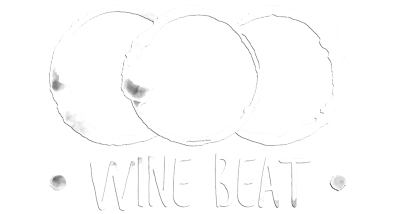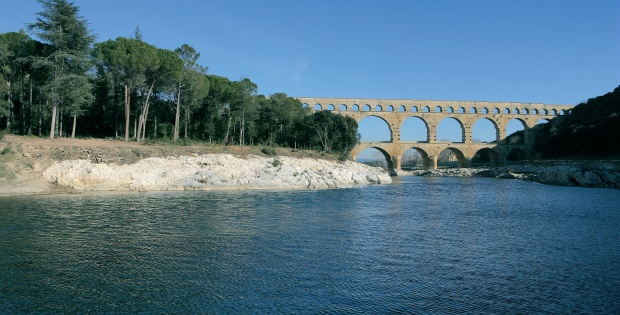
from Costières de Nîmes
Costières de Nîmes has as colourful a wine history as just about any place on earth. Greek traders formed an alliance with the local Gauls and founded Massilia (modern day Marseille) in 600 BC. The Greeks promoted wine growing all through the region. By the time of the Roman Empire the wines of Massilia were legendary and widely exported. Julius Caesar conquered the area in 49 BC and winemaking thrived as the infrastructure projects of the Romans opened greater commercial opportunities.
Then in the 1300’s the Papal seat was moved from Rome to Avignon and the wine business really took off. The Popes of Avignon brought a grand entourage of Cardinals, lesser clergy and bureaucrats with them. There was a boom as grand palaces and rich residences were built. The Papal nobility and supporting population loved a hedonistic lifestyle and were tremendous wine drinkers. Places such as Chateauneuf-du-Pape thrived with wine investment. Costières de Nîmes was one of the prime beneficiaries as the wines from here were particularly prized.
Notwithstanding its illustrious wine history, Costières de Nîmes has had to overcome some handicaps in terms of reputation for wine quality and geographic identity. Until 1989 is was considered a sub-region within the Languedoc wine region and its move to the Rhône appellations left it with a slight identity crisis. Like many regions in the south of France it also had to shake off its role as a bulk wine producer. But Costières de Nîmes has an interesting bit of terroir up its sleeve and it has build a reputation for producing fantastic wines that easily compete with its fellow Rhône regions (particularly on price).
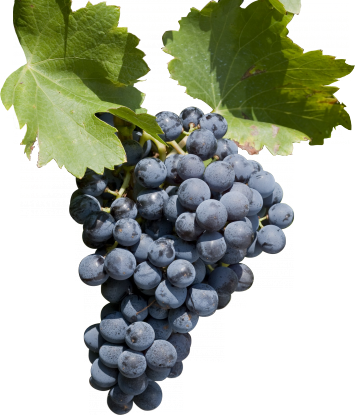
Why Costières de Nîmes For Wine?
The region largely sits in the fertile lowlands of the Rhône River delta. Historically this has allowed it to produce large quantities of decent quality bulk wines. But the Rhône river as well as ancient glaciation have exerted powerful forces that make the geology of the entire Rhône region very special. In the southern reaches these forces have resulted in remarkable stony ridges – the remnants of ancient riverbanks where aeons of discharge from the mountains has been thrown up.
As the www.rhone-wines.com site describes it: “These gravely beds (known locally as Gress), which go down to a depth of between 5 and 15 metres, are enveloped in sand varying in colour from bright yellow to deep red. The vines send down very deep roots, into underlying layers of clay, which provide them with a moderate but regular water supply even in periods of intense midsummer heat. The outstanding drainage properties of the gravel means that water is quickly shed even in heavy downpours.”
This is great raw material for growing both red and white wine varieties. 55% of wines are red, 35% rosé and 10% white. The main red grape varieties are Grenache, Syrah and Mourvèdre, Carignan and Cinsault while the main whites are Grenache blanc, Roussanne and Marsanne.
Where Is Costières de Nîmes?
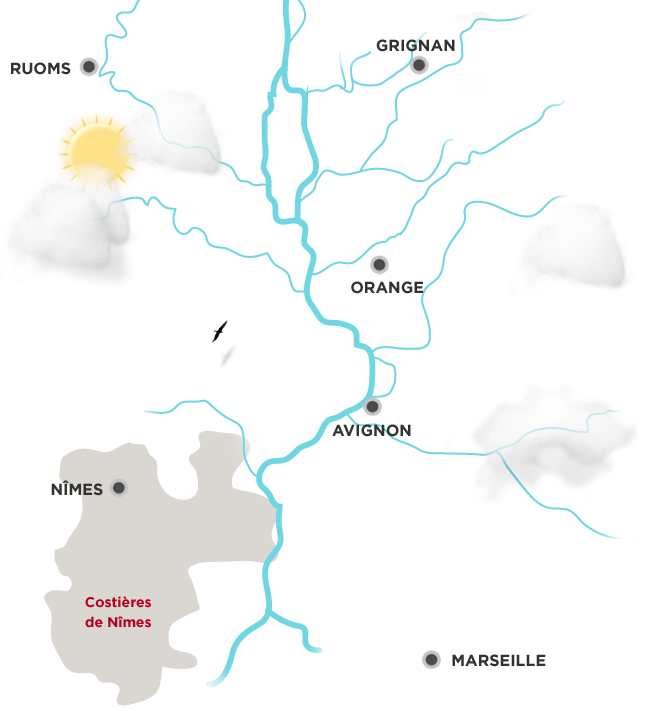
The most southerly of the Rhône appellations and the most Mediterranean, Costières de Nîmes is just on the doorstep of that marvel of gritty, port-city cool, Marseille. A trip to this part of Provence means that you can take in Marseille, probably France’s most fun major city, as well as the historical capital of Nîmes. Combine partying, eating and drinking in Marseilles with the Roman masterpieces of Nîmes – what could be better than that?
Who Are The Winemakers?
The wines of Costières de Nîmes run the gamut in terms of quality and, to some degree, price (generally speaking the very best wines cost no more than Eur20-30). You have to choose your wines a bit carefully since some chateaux have a definite advantage in terroir. Here are a few names to get started:
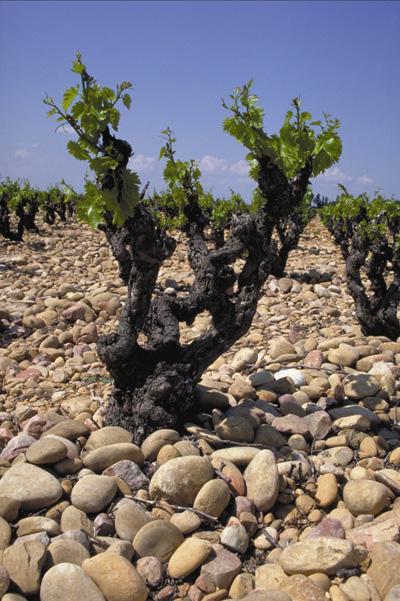
When Is The Best Time To Visit?
Because of the attractions of the cities of Marseilles and Nîmes and because the climate is mediterranean, you can really visit at any time of the year. December through February are a little chilly and it may be best to avoid the heavy tourist season (and heat!) of July and August. The Nîmes Toquée is an epicurean event in November that brings winemakers together to showcase the best of Costières de Nîmes food and wine – learn more on www.costieres-nimes.org
Useful links:
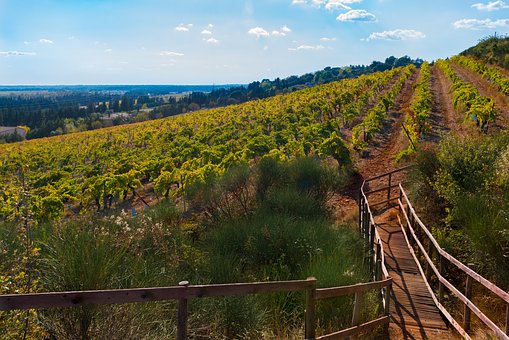
Map and photo credits www.rhone-wines.com, www.costieres-nimes.org and Pixabay
